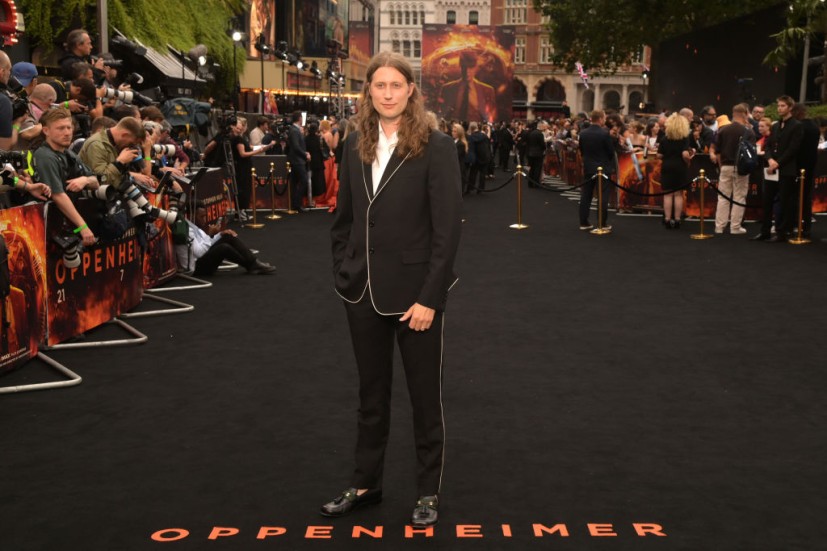The Swedish film composer, Ludwig Göransson, is a well-renowned Hollywood name with his Oscar-winning musical contribution to "Black Panther" and his two-time Emmy-winning work in "The Mandalorian." In his recent blockbuster stint, Göransson endeavored to underscore the inner workings of a conflicted genius in Christopher Nolan's "Oppenheimer."
The biopic contains an intense and foreboding score that is ever-prominent in the film's two-and-a-half hours of runtime. Göransson told The Wrap that this is a result of something he has not done before for a film's composition.
"I've never worked on a project that is from one single man's perspective. You're with him, you're feeling his feelings, you're seeing through his eyes throughout the whole film," he shared.

Going Inside the Mind of J. Robert Oppenheimer
According to the Swedish composer, every little musical detail he had written down was made to show what Oppenheimer, played by Cillian Murphy, was feeling, thinking, and experiencing. This is a huge undertaking due to the complicated implications concerning what Oppenheimer went through as the lead scientist of the atomic bomb project initiated during World War II.
For Göransson, the inclusion of Oppenheimer's "growth and his inner struggles and emotions" is an exhilarating challenge specifically because it's a new concept that the composer had to delve into.
Nolan's first direction to Göransson was to utilize the violin in depicting Oppenheimer, which the Swedish composer thinks fits Oppenheimer to a tee due to the instrument's ability to transform from an initial lushly captivating tone into a chaotic sound all within a blink of an eye.
"You just slide your finger a bit and everything changes," Göransson added.
The composer and his wife, violinist Serena McKinney, familiarized themselves with this quick change within the string instrument's complete range and recorded it in their home studio. Göransson also slowly integrated a whole ensemble as the film's narrative ramps up in action.
One scene that encapsulates this musical increase in intensity is during Oppenheimer's first lecture where only one person stopped by to listen in, represented by a single violin, before more and more students pile in, and consequently, more violins.
Göransson found this concept of a lonesome character slowly being joined by other relevant players and its execution especially interesting, saying, "Sometimes he feels just very alone and sometimes he feels like he's got a whole world in the palm of his hands."
Composing the Iconic 'Trinity Test' Scene in 'Oppenheimer'
In one of the most crucial moments within the film, Göransson felt as if he needed to change the sound characterization. Up until that point, Oppenheimer and his team were only theorizing the existence of the atomic bomb, "making scribbles on paper."
However, during the first time in which both the characters and the audience lay witness to the completed bomb, the sound design shifts into a more "intense landscape" where Göransson makes use of a loud "throbbing bass, a little ticking sound and some kind of granular radiation sounds" that cements the "world-destroying" feeling of it all.
According to Göransson, the bulk of his job was done before the film was even shot. This was due to Nolan's unique workflow, which the Swedish composer admittedly enjoys. He said that he would usually sit with Nolan "listening to the music, talking about the music, listening to instruments, and making demos."